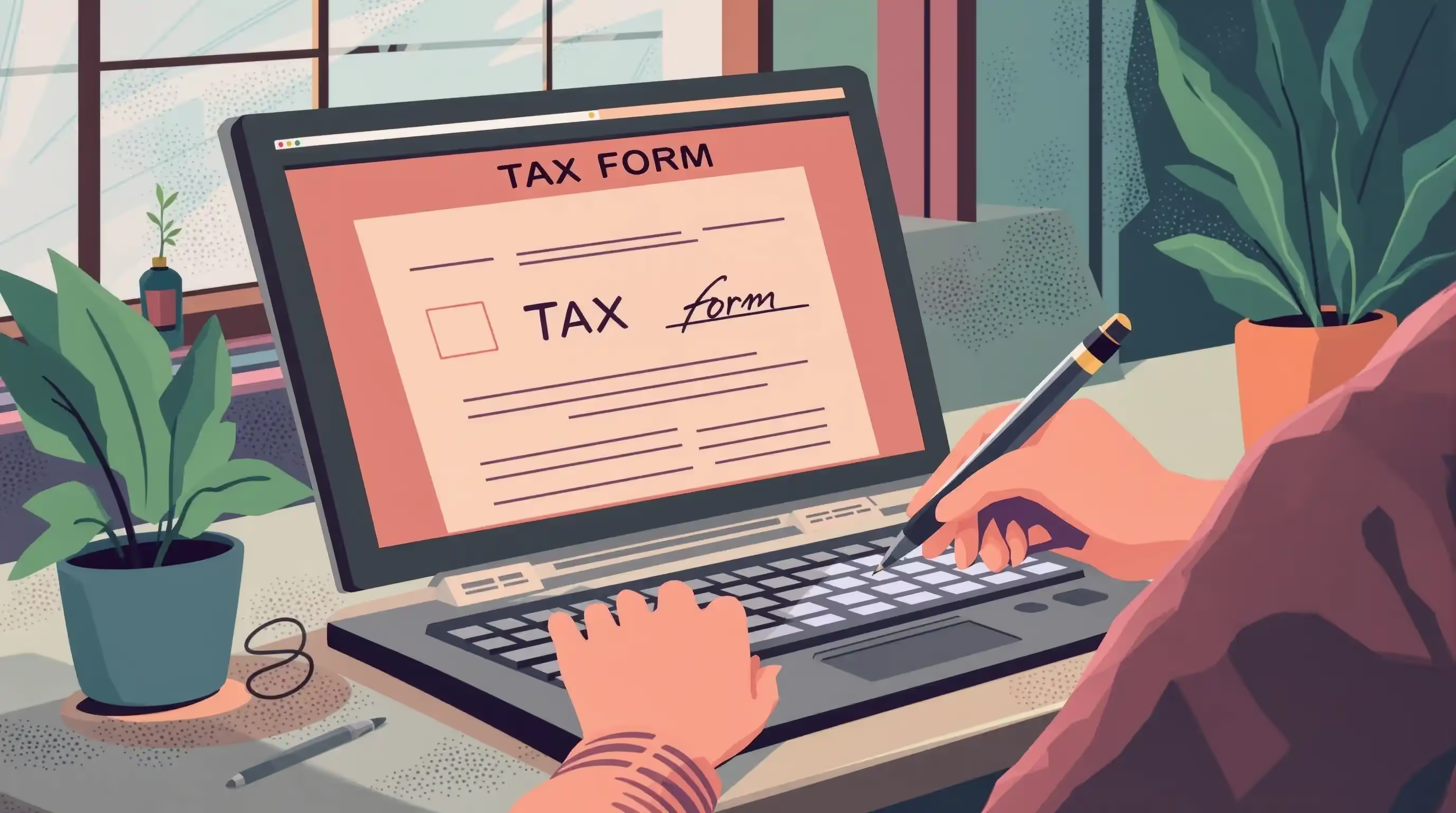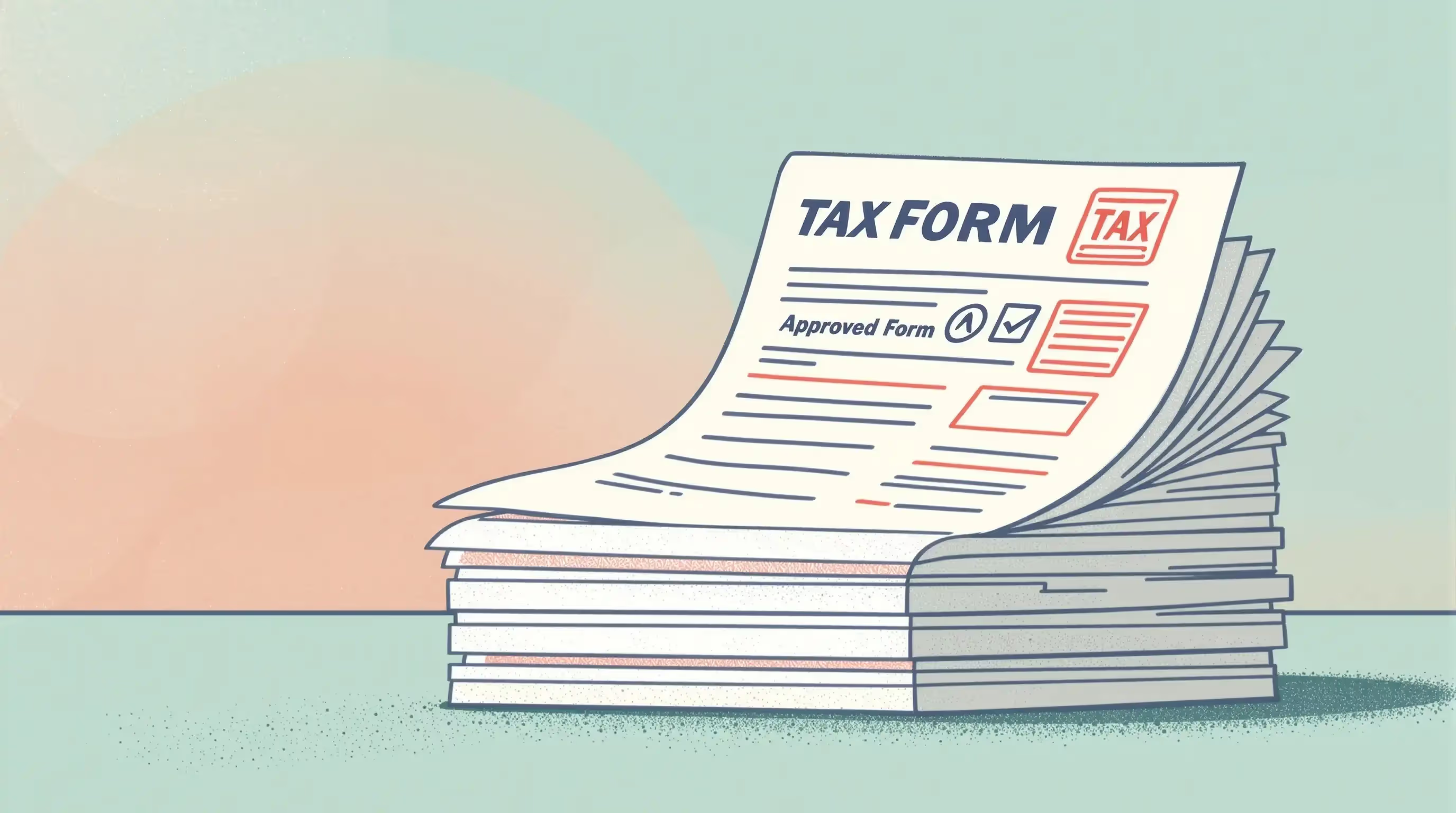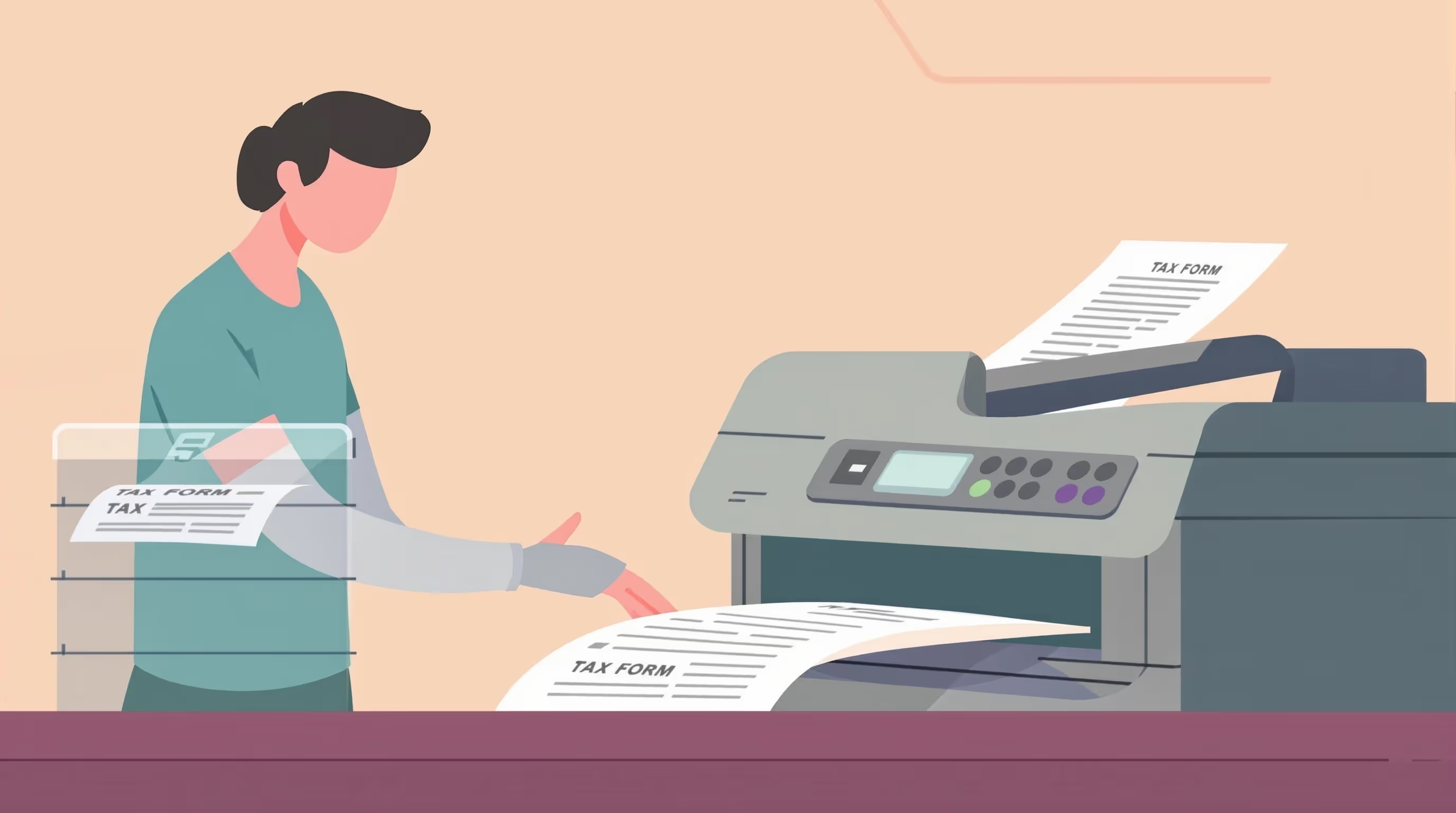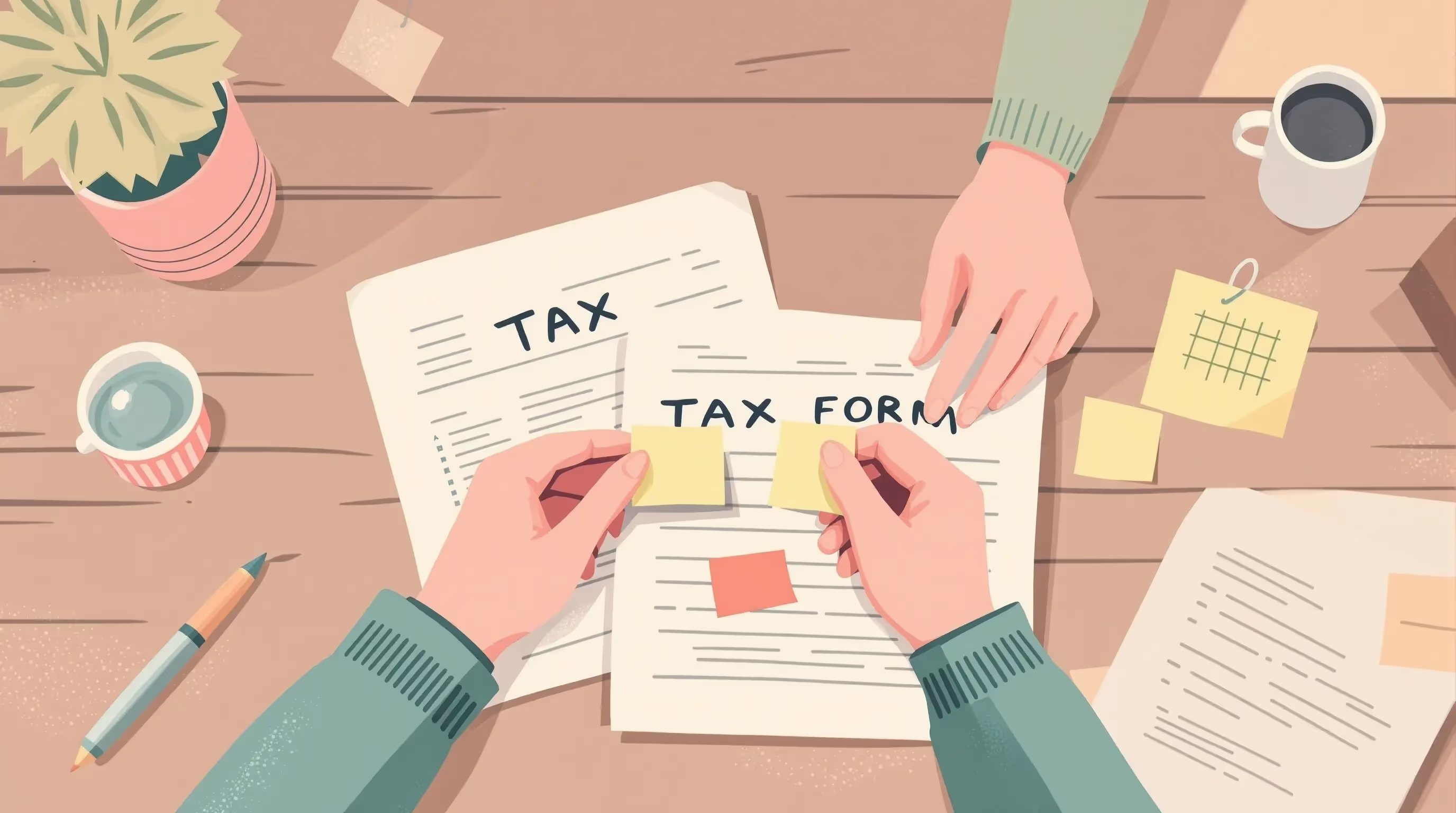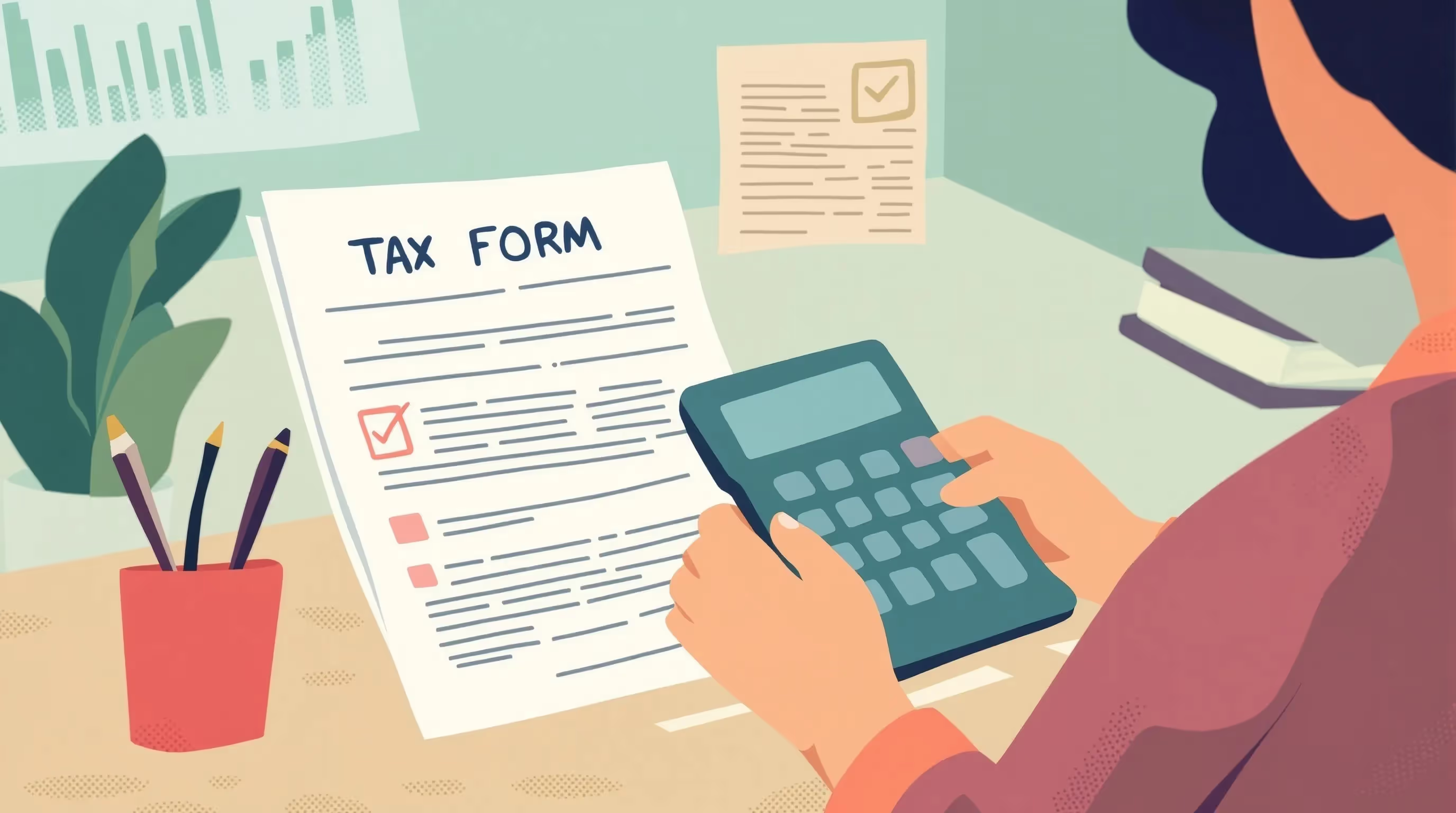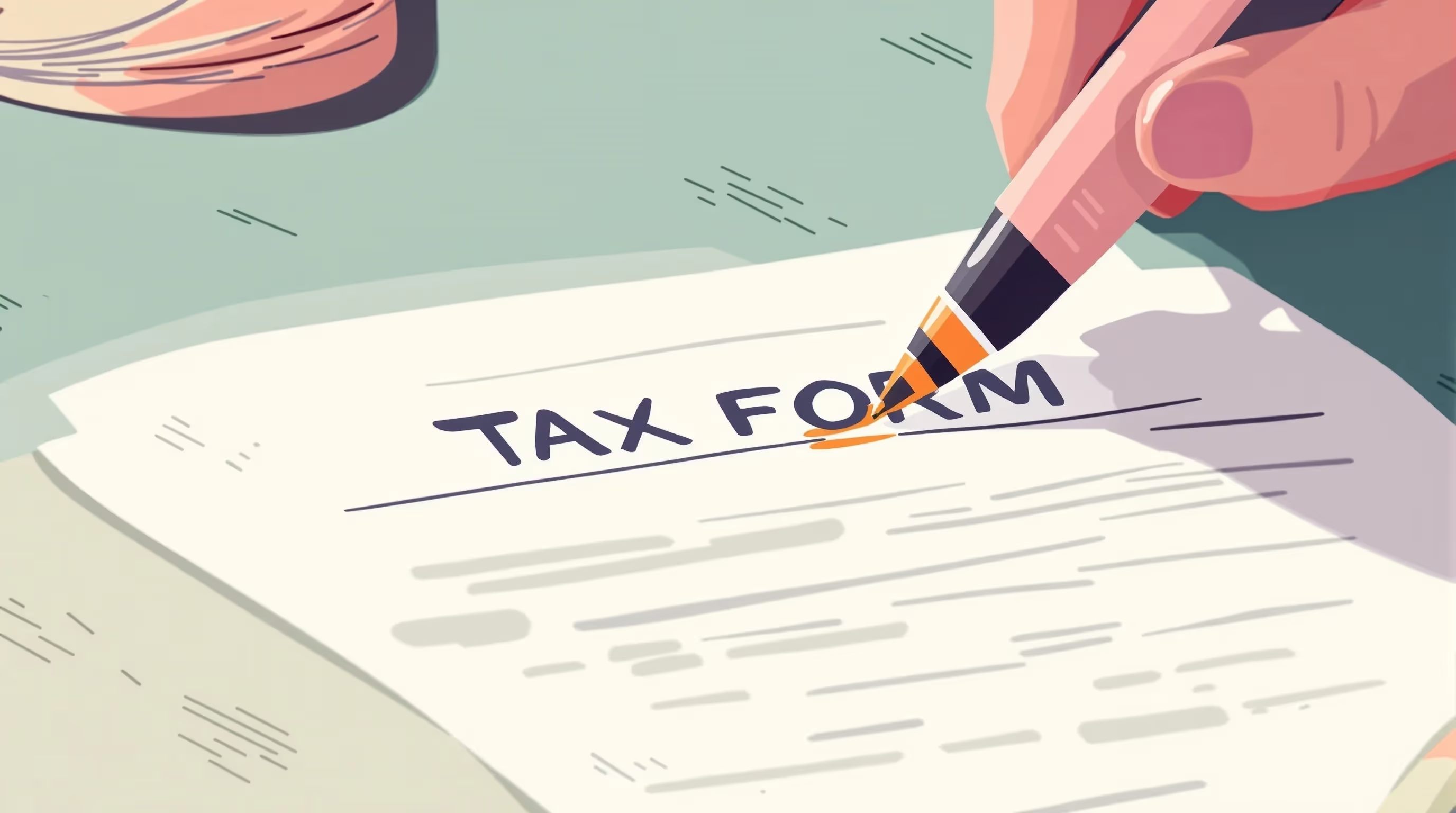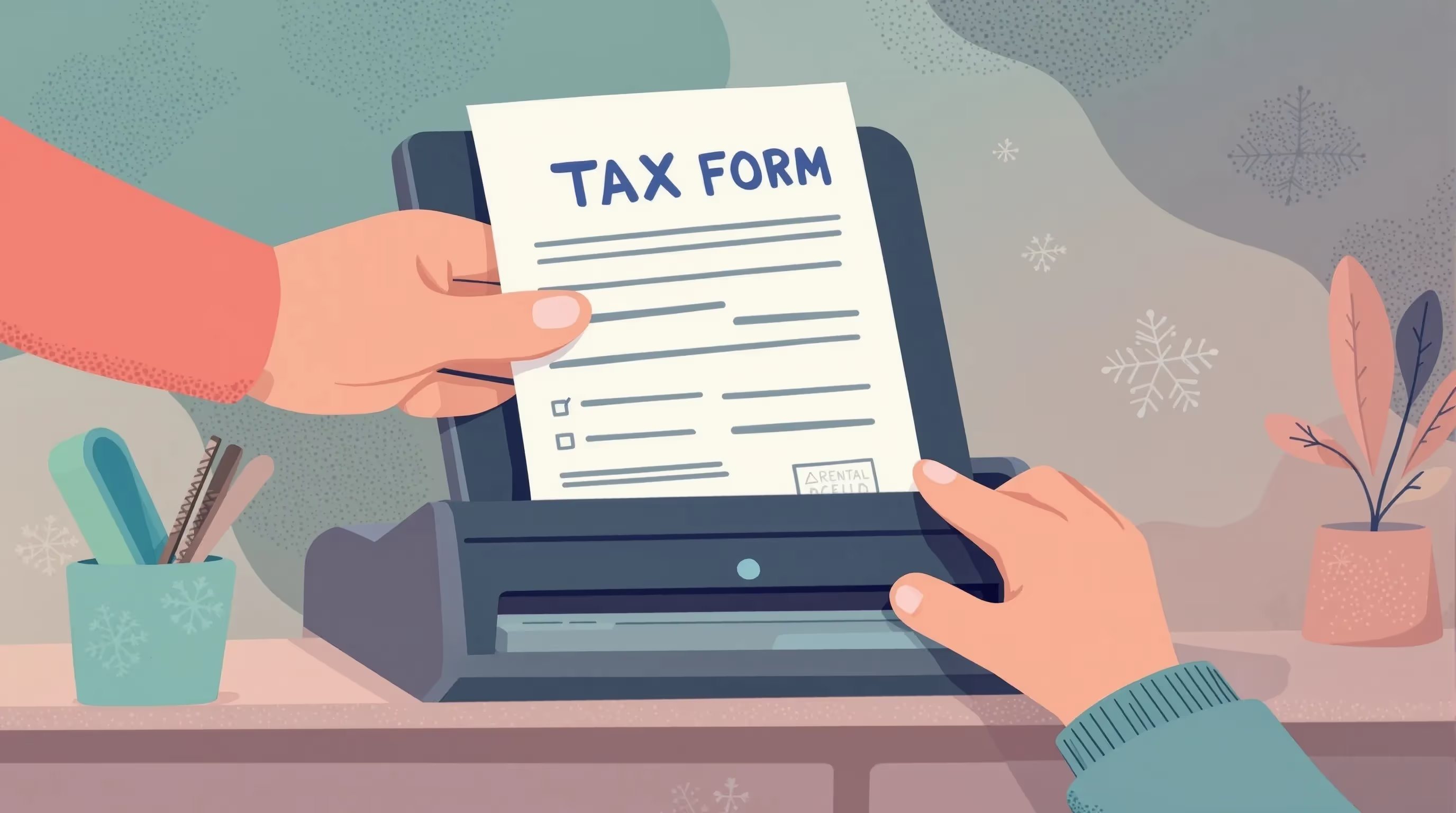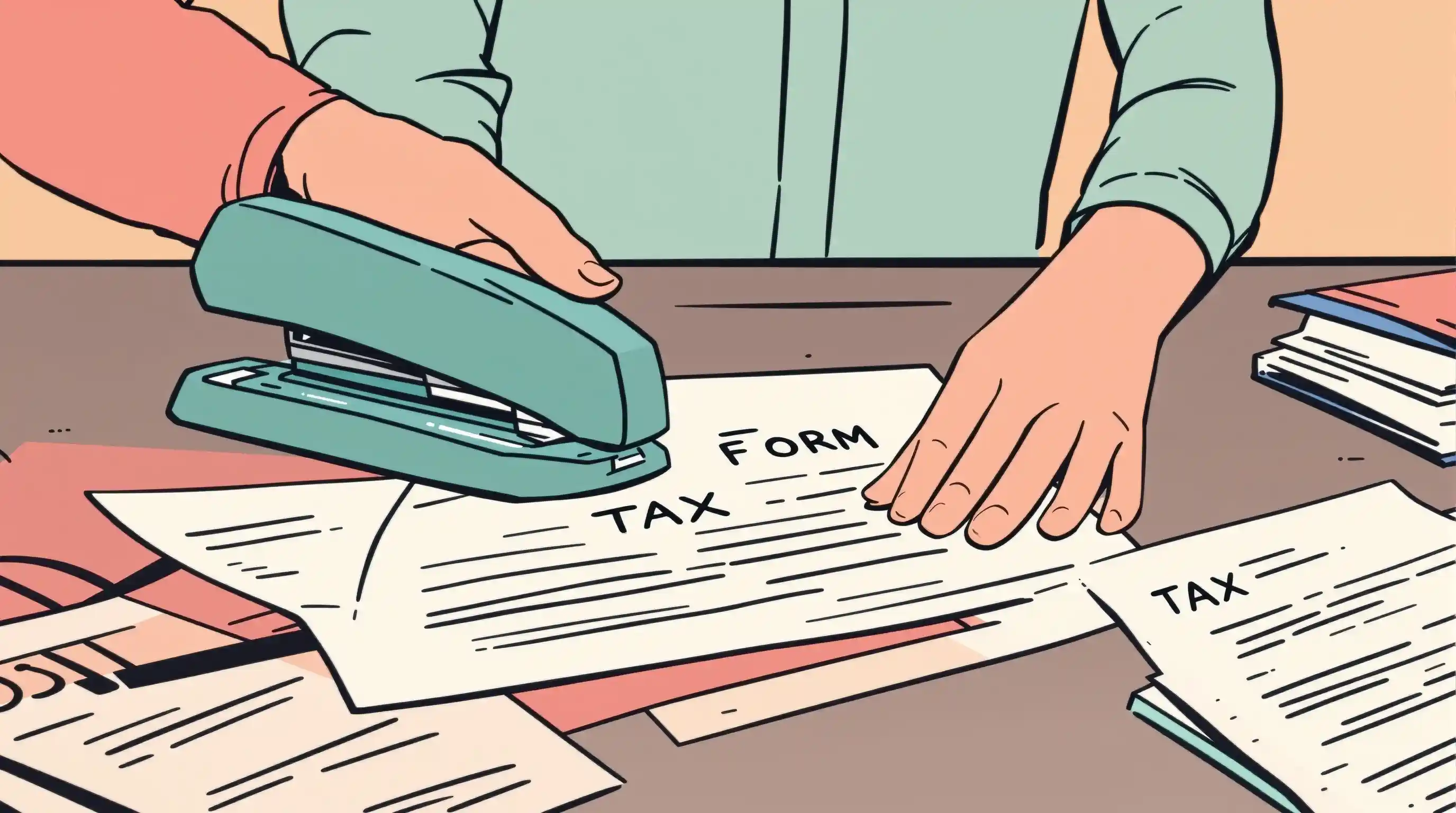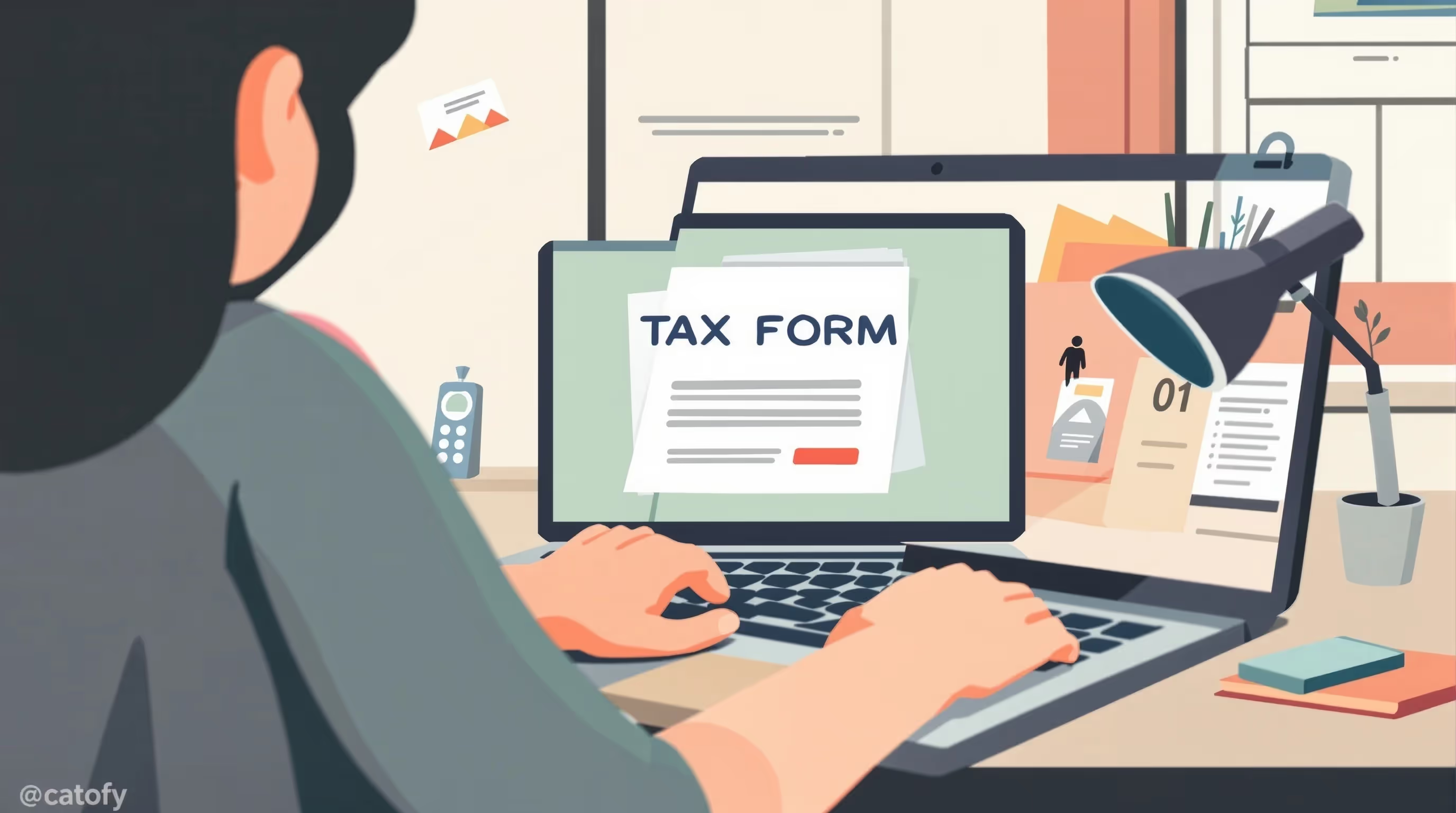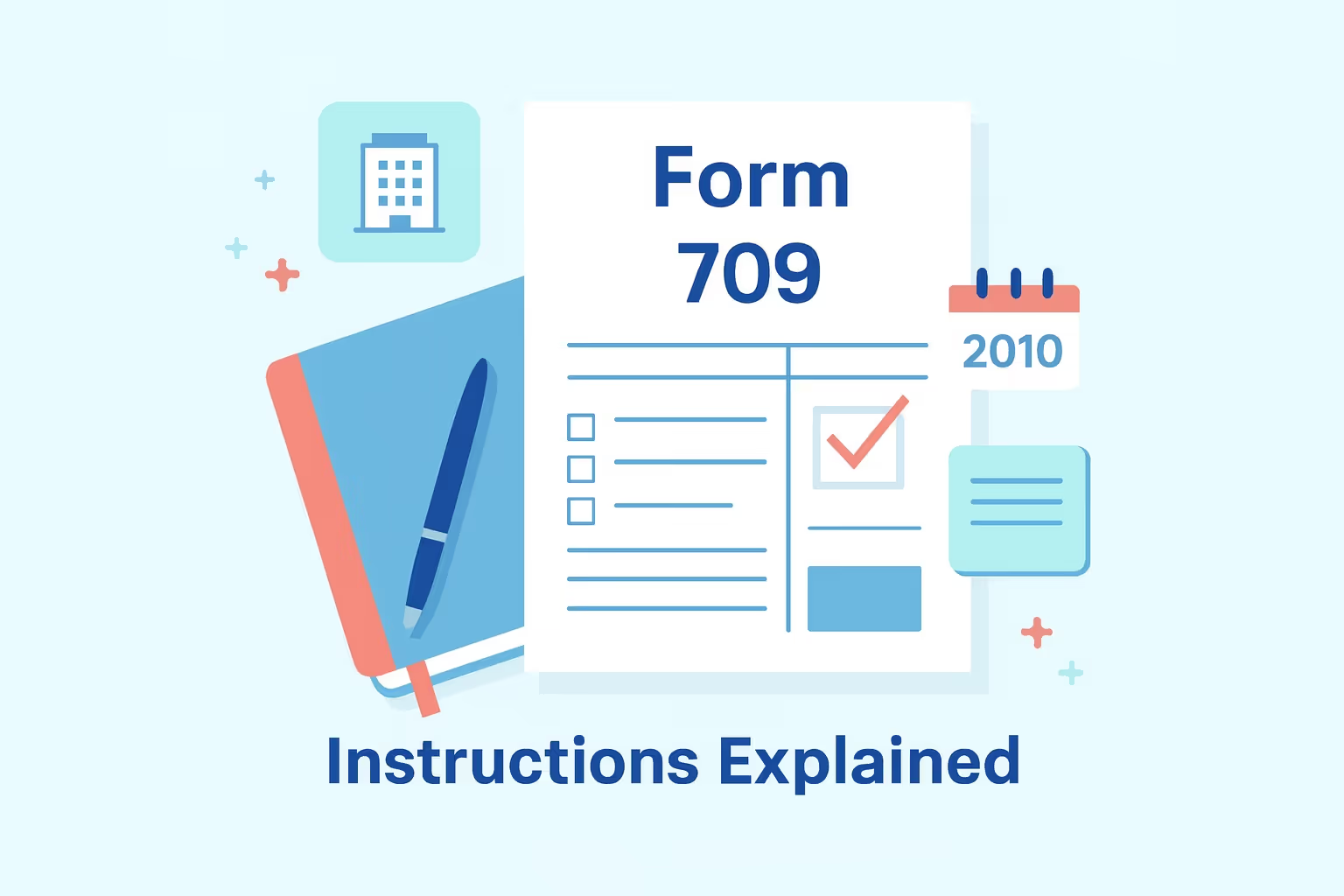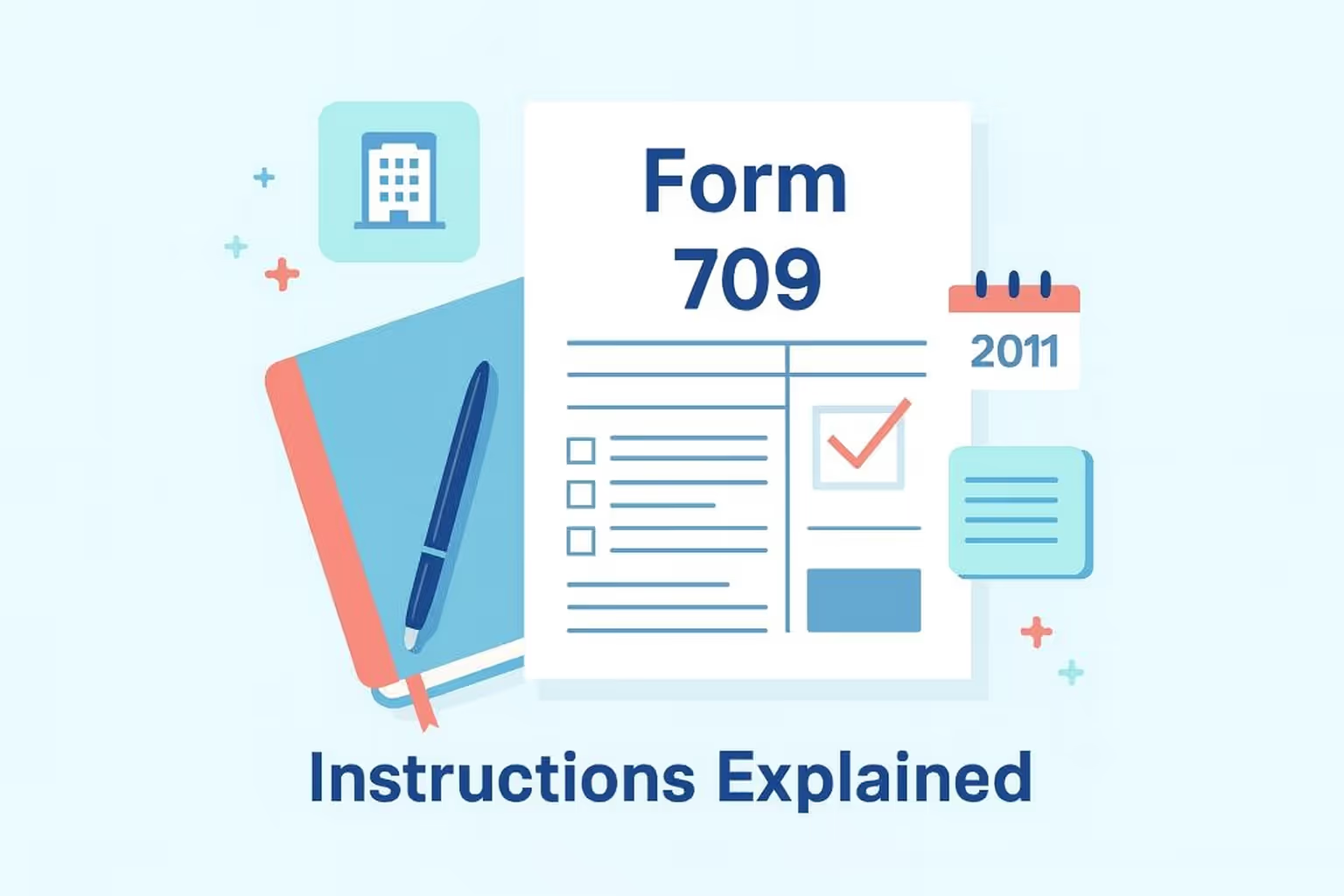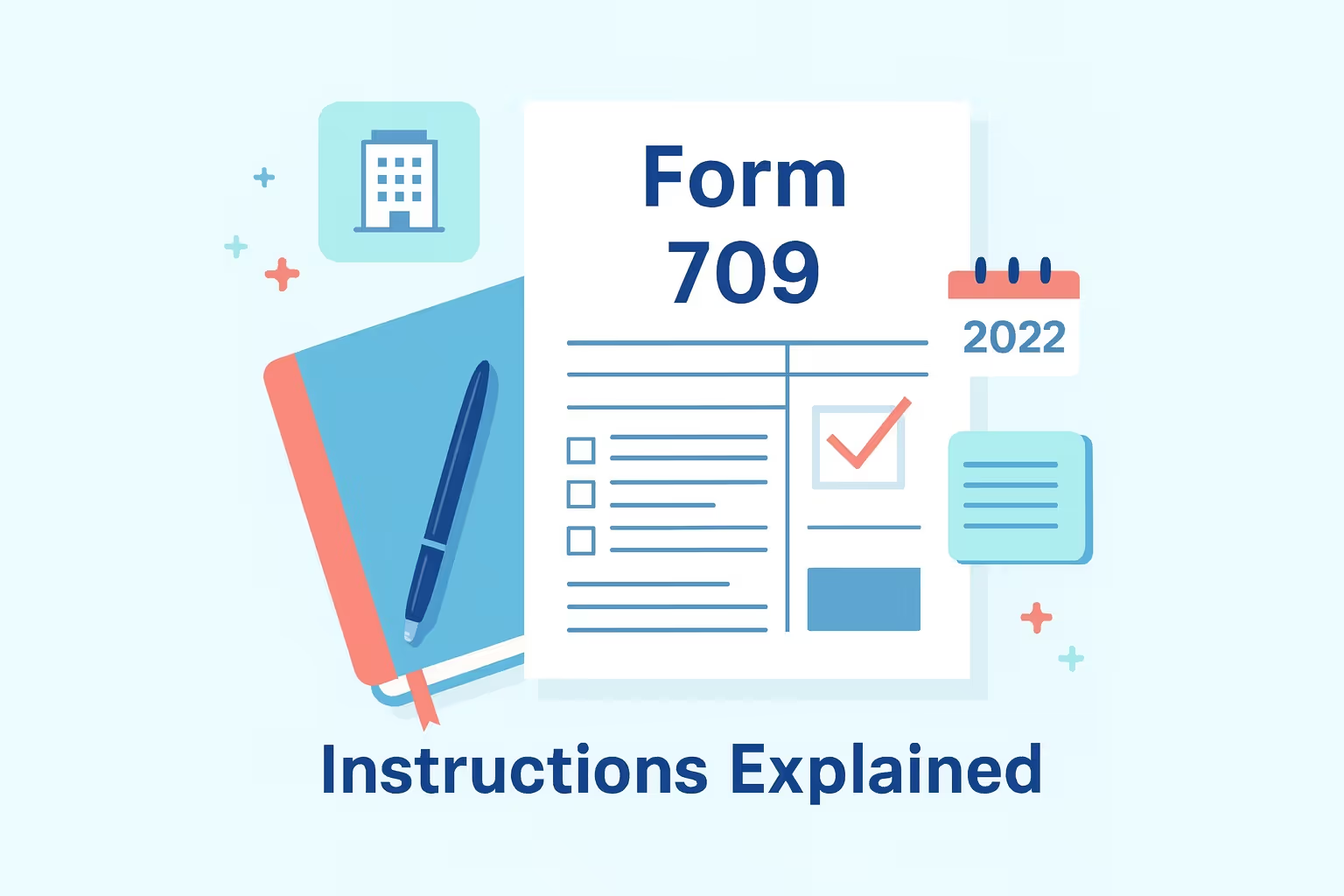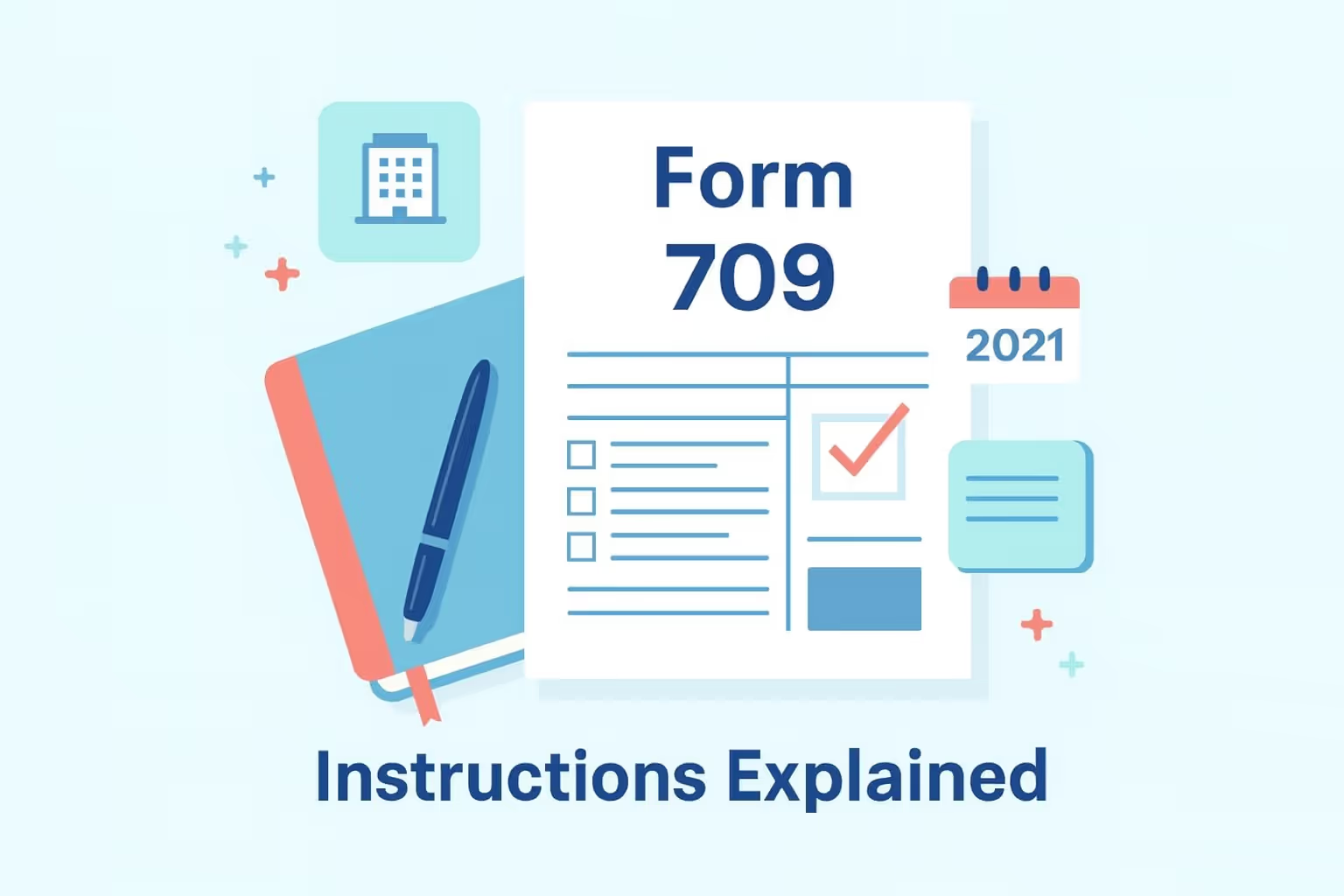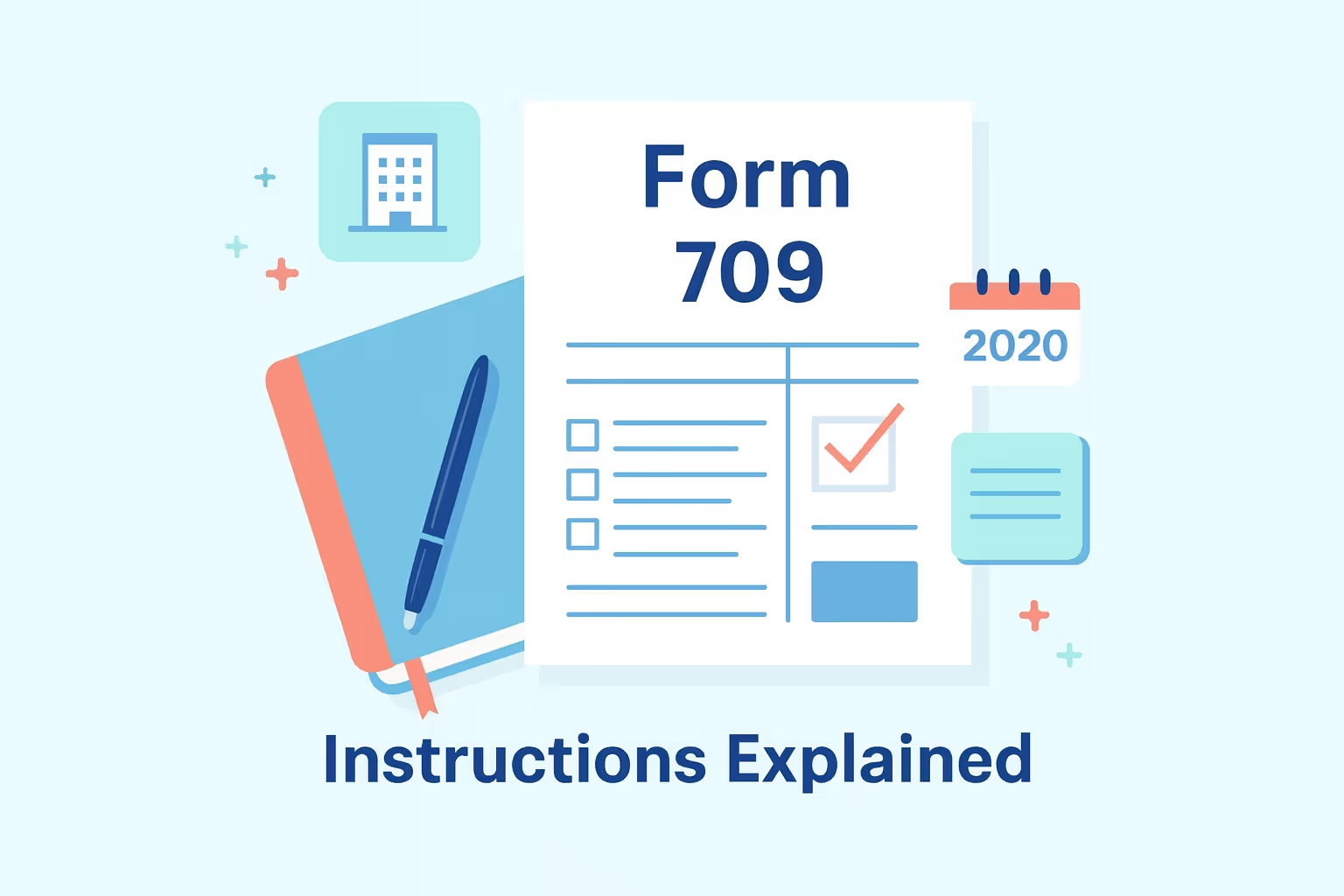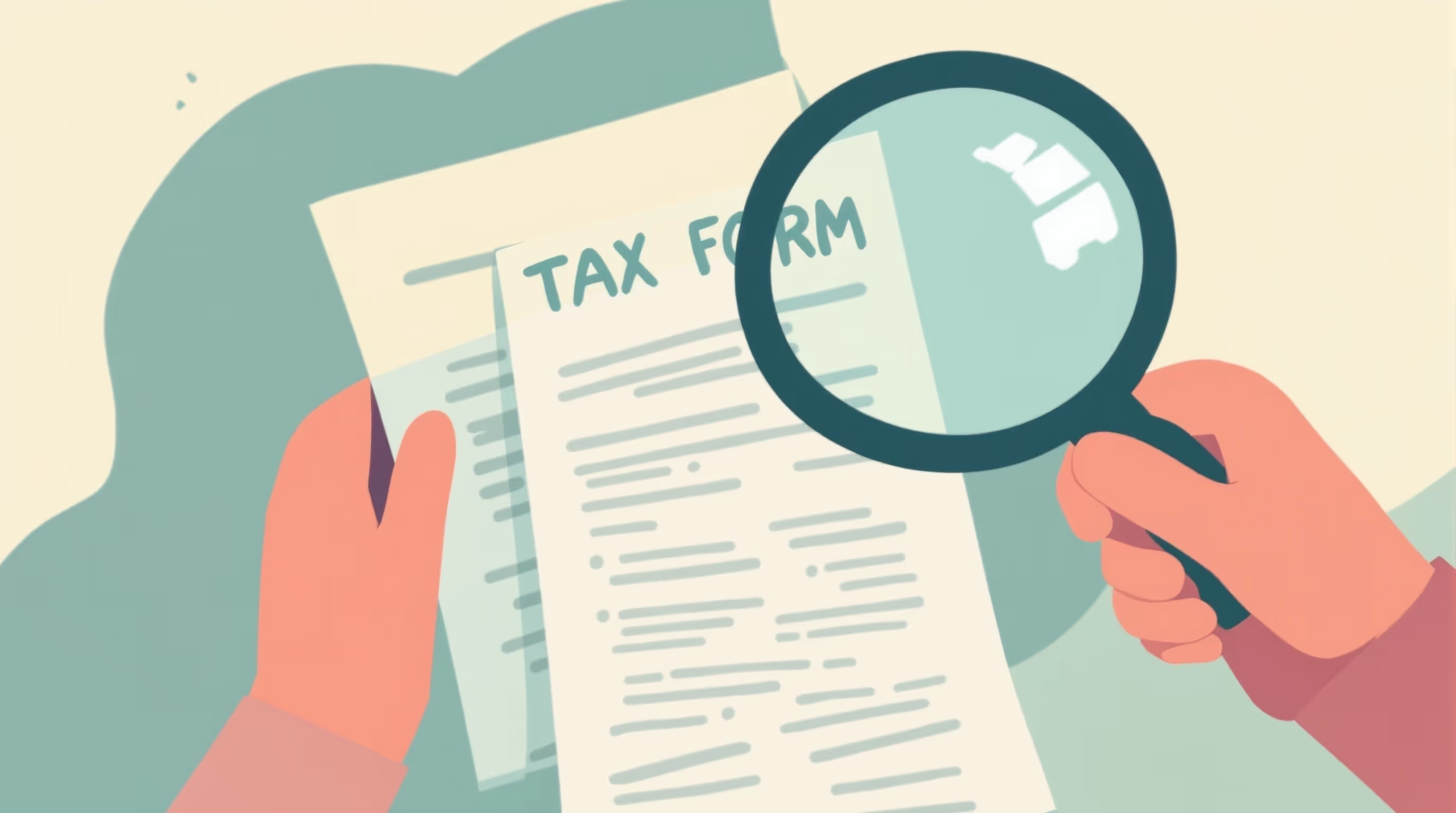
What IRS Form 709 (2022) Is For
IRS Form 709 reports a United States gift, taxable gift, or generation-skipping transfer made during the 2022 tax year. The Internal Revenue Service requires this federal gift tax return when gifts exceed the annual gift tax exclusion. The form also applies to transfers subject to the generation-skipping transfer tax or when taxpayers use part of their lifetime exemption for gift tax. Anyone who gives more than the annual exclusion amount or shares a joint gift must file Form 709.
When You’d Use IRS Form 709 (2022)
You must file Form 709 when you make reportable gifts that exceed the annual exclusion or when split gifts are made with a spouse. This includes gifts of property transferred, partial interests, or entire interests in assets such as real estate or stock. The form also applies if you give tax-free gifts to qualifying charities, pay medical expenses directly, or make political organization contributions. Late or amended filings can be submitted with a payment voucher to report gifts for prior periods if the original due date passed or a legal holiday caused an extended due date.
Key Rules or Details for 2022
- Annual Gift Tax Exclusion: The annual exclusion amount for 2022 was $16,000 per recipient. Gifts below this limit are tax-free and do not require filing gift tax returns.
- Lifetime Gift Tax Exemption: The lifetime exemption limit for 2022 was $12.06 million. Taxpayers exceeding this amount may pay tax using the unified credit against estate and transfer tax.
- Generation-Skipping Transfer Tax: Transfers subject to the generation-skipping transfer tax require reporting when property is given to grandchildren or unrelated individuals more than one generation below the donor.
- Deceased Spousal Unused Exclusion: The deceased spousal unused exclusion allows a surviving spouse to use the remaining lifetime exemption of a deceased partner when computing federal gift taxes or estate tax liability.
- Gift Splitting Rules: Married couples can elect gift splitting, allowing each spouse to use their annual limit for the same recipient. This election requires a joint gift tax return.
- Certain Exempt Gifts: Payments made directly for qualifying charities, medical expenses, or educational tuition are not subject to the federal gift tax and do not count toward the lifetime limit.
- Filing and Payment Deadlines: For the 2022 tax year, File Form 709 by April 18, 2023, unless an income tax return extension applies or the due date falls on a legal holiday.
Browse more tax form instructions and filing guides in our Forms Hub.
Step-by-Step (High Level)
Step 1: Gather Required Information
Collect all details about reportable gifts, including the fair market value of property transferred, the same recipient information, and any qualified appraisal used for valuation.
Step 2: Determine Which Gifts Are Reportable
Identify all transfers subject to the gift tax annual exclusion. Include partial or future interests not qualifying for the yearly tax-free exclusion.
Step 3: Complete Donor and Recipient Sections
Enter your personal data, each recipient’s name, and the total taxable gifts. Be sure to include political organizations, certain exempt organizations, and qualifying charities if applicable.
Step 4: Calculate Gift Tax Liability
Use the tax computation section to determine your taxable gift reconciliation and total tax owed. Apply the correct gift tax rate and subtract any lifetime exemption previously used.
Step 5: Review, Sign, and Submit
Please carefully review your return before filing. Attach any necessary payment vouchers and send your completed return to the address listed in the IRS instructions for your state of residence.
Learn more about federal tax filing through our IRS Form Help Center.
Common Mistakes and How to Avoid Them
- Incorrect Annual Gift Tax Exclusion Reporting: Some taxpayers fail to report gifts exceeding the annual limit. Always verify whether each gift qualifies as tax-free or requires filing Form 709.
- Failure to Include Generation-Skipping Transfers: Taxpayers sometimes forget to include transfers subject to the generation-skipping transfer tax. Review all transfers subject to GST taxes before submitting the return.
- Misunderstanding Lifetime Gift Tax Exemption: Confusing the lifetime exemption with the annual exclusion causes errors. Confirm the correct lifetime limit and record prior year usage to avoid overreporting.
- Omitting Spousal Gift Splitting Election: Married couples often forget to elect gift splitting. When you and your spouse share a gift, ensure that you file a joint gift tax return and sign both sections properly.
- Improper Valuation of Property Transferred: Gifts must reflect their fair market value. Obtain a qualified appraisal for real estate or stocks to ensure accuracy and compliance.
- Incomplete Filing or Missing Attachments: Forgetting required schedules or attachments delays processing. Always include all necessary documents, verify the tax year, and correct the IRS form version before mailing.
Learn more about how to avoid business tax problems in our guide on How to File and Avoid Penalties.
What Happens After You File
After you file Form 709, the Internal Revenue Service reviews your federal gift tax return for accuracy and completeness. You must pay the tax immediately using the provided payment voucher if payment is required. The IRS may contact you to clarify property transferred, partial interests, or other items. Once processed, you’ll receive confirmation, and any adjustments to your lifetime or estate tax exemption will be recorded for future years.
FAQs
Do I need to file Form 709 if my gifts were under the annual gift tax exclusion for 2022?
You do not need to file Form 709 if all gifts were below the annual exclusion amount for 2022. Only reportable gifts above that limit require a return.
How do generation-skipping transfer rules affect IRS Form 709 (2022)?
You must report all generation-skipping transfers made to grandchildren or unrelated individuals. These transfers may be subject to an additional generation-skipping transfer tax.
How does the deceased spouse's unused exclusion apply when filing IRS Form 709 (2022)?
The deceased spousal unused exclusion allows a surviving spouse to use any unused lifetime gift tax exemption from their deceased partner to reduce their gift and GST taxes.
What is taxable gift reconciliation on Form 709 (2022)?
Taxable gift reconciliation compares total reportable gifts against the available lifetime exemption and prior year totals. This process helps determine how much federal gift tax applies for the current tax year.
Can I file Form 709 (2022) jointly with my spouse?
Yes, married couples may file a joint gift tax return to elect gift splitting. Each spouse must sign the form and report identical transfers subject to the federal tax.
How is the estate tax connected to Form 709 (2022)?
Form 709 helps track lifetime gifts that reduce your estate tax exemption. The Internal Revenue Service uses it to calculate both gift and estate tax under the unified credit system.
What transfer tax rates applied for 2022?
The federal gift tax rate for 2022 reached up to 40 percent for high-value transfers. Rates depend on the value of the gifts and the lifetime exemption amount already used.







